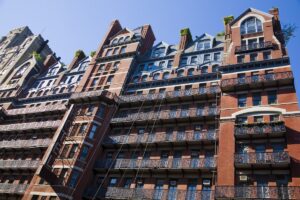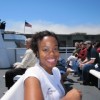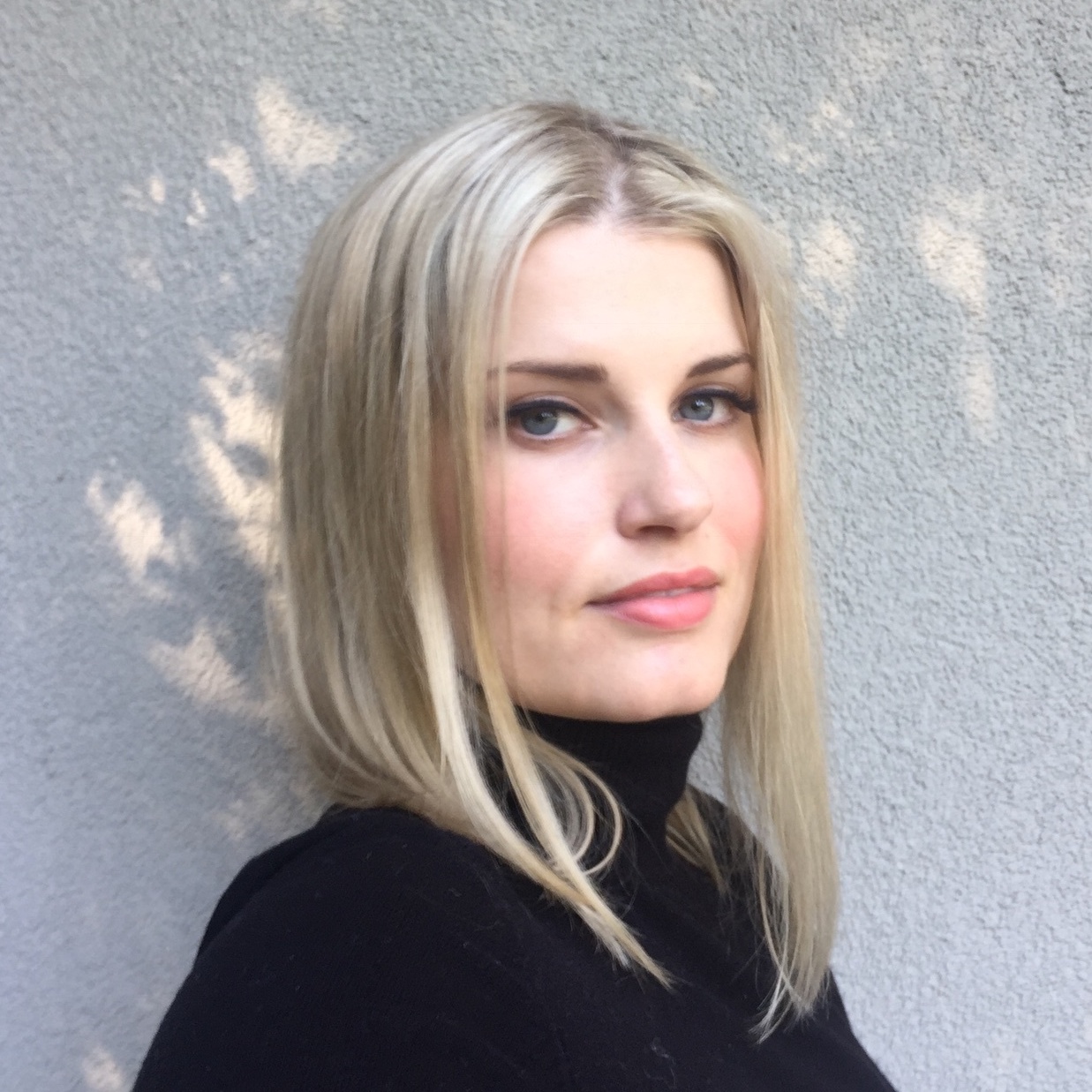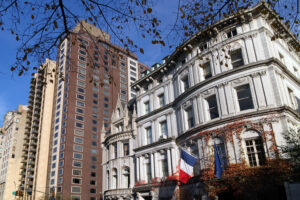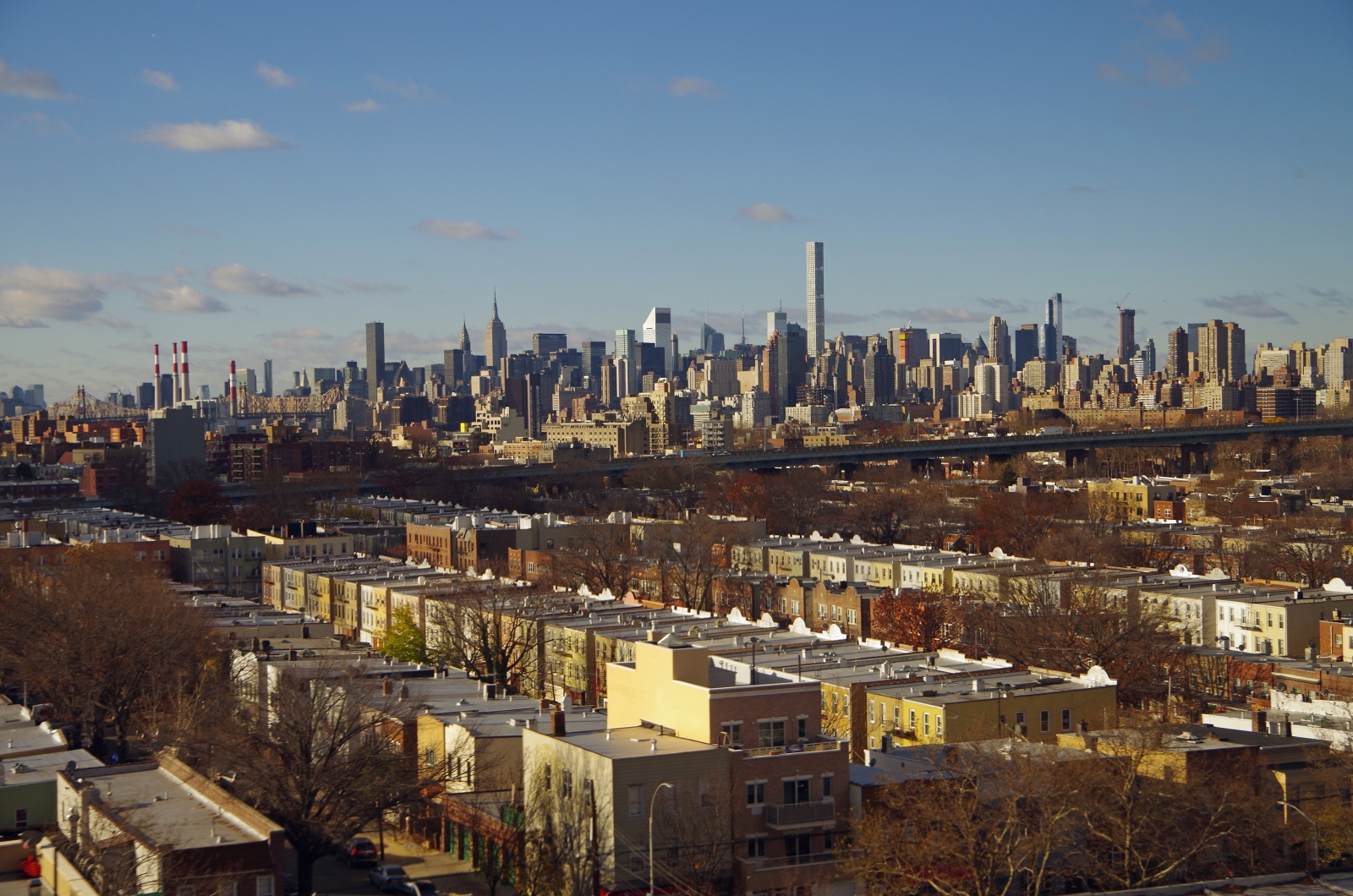
Queens may look orderly from above, but the street signs tell a different story.
Ever wonder why the streets in Queens are so confusing, and why Queens addresses are hyphenated? It all has to do with the fact that the borough of Queens was forced to grow up very quickly.
In 1897, Queens was a series of tiny, unrelated villages separated from one another by farms and forest. Then, one year later, in what is often called the “Consolidation of 1898,” these rural towns suddenly became incorporated into the largest city in the country, New York. Those disparate towns — Flushing, Jamaica, Long Island City — suddenly formed the borough of Queens.
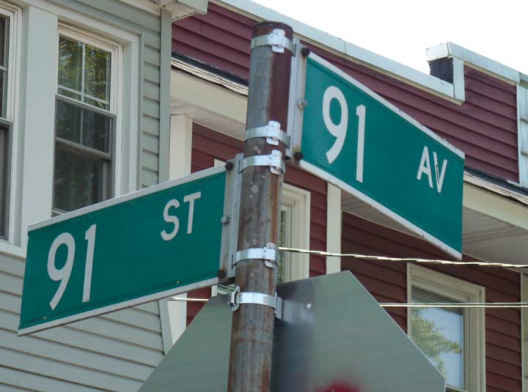
You gotta be kidding.
Why Are Queens Streets So Confusing?
According to a city engineer and Queens expert, when Queens became a borough, there were some 40 Washington Streets spread out among dozens of these independent villages. Each town had its own system for addresses. There was no cohesion.
Officials decided that there had to be some kind of uniformity of street names in the borough, and in 1911, they started to build a grid system to connect the disparate towns. Not a bad idea, since much of Manhattan was built on a grid about 100 years earlier. But sometimes they don’t make ‘em like they used to. The Manhattan grid is very easy to navigate. The Queens grid is not.
The Queens grid system has 167 avenues that go east-west and 271 streets that go north-south — the reverse of Manhattan, where streets go east-west and avenues go north-south. But the tricky part is that the grid was built with enough wiggle room to add or re-name new avenues and streets as needed.
So as Queens grew up throughout the 1910s and 1920s, additional avenues and streets were assigned between consecutive numbers, creating a lot of irregularity. Originally there was First Avenue, followed by Second Avenue. Now, there could be First Avenue, followed by First Road, First Drive, First Terrace, and then Second Avenue. Some consecutive avenues have all three possible additional streets in between, others just have one or two, and some don’t have any.
The same thing can apply to Queens’ north-south streets. In between First St. and Second St. could be First Place and First Lane.
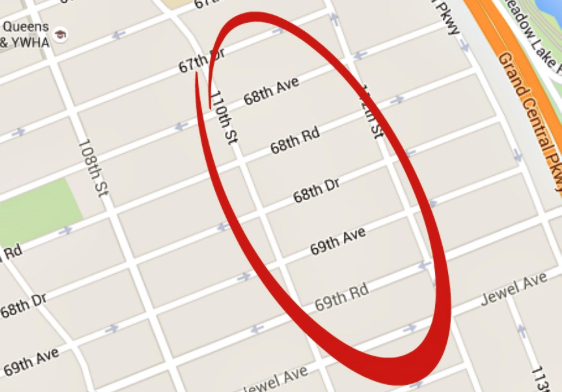
You’re going to want to give precise directions.
While the idea for additional streets allowed the borough some flexibility, it created great confusion by having multiple streets with the same number. In Manhattan, the number 10 could refer to 10th Avenue or 10th Street. In Queens, the number 10 could refer to a street, place, lane, avenue, road, drive or terrace.
In most of Manhattan, there’s just one street (Broadway) that interrupts an otherwise perfect grid. In Queens, there are a handful of streets, like Broadway, that essentially cut the borough up into a series of grids. To be fair, though, Queens is nearly five times bigger than Manhattan, and much of Manhattan is a near-perfect rectangle, which lends itself naturally to a grid.
Now, if you’ve ever tried to find a restaurant or a house in Queens, you’ve probably noticed that the addresses (most of them, at least) have two sets of double-digit numbers separated by a dash. It may seem confusing, but these hyphenated addresses are actually meant to help you find where you’re going.
Why Are Queens Addresses Hyphenated?
The two numbers before the dash indicate the closest cross street, or cross avenue, while the two numbers at the end of the dash indicate the number of the building or house. For example, the address 31-35 55th Street tells you that the nearest cross avenue is 31st Avenue and the building number is 35 on 55th Street.
Despite the shortcomings of the Queens grid system, it did leave room for further development, and the addresses try to be helpful — emphasis on “try.” In the years following the installment of the new grid system, a city engineer, Charles U. Powell, wrote a jingle to help people:
In Queens, to find locations best
Avenues, roads and drives run west;
But ways to north or south ’tis plain
Are street or place or even lane.
—
Hey, why not like StreetEasy on Facebook and follow @streeteasy on Instagram?
Related:





